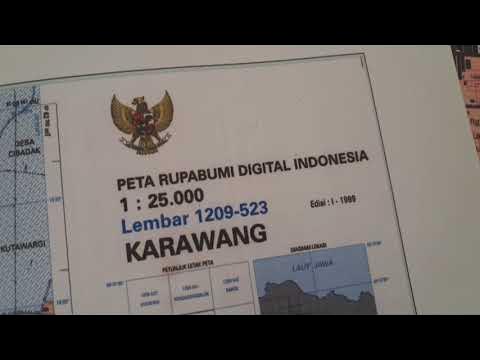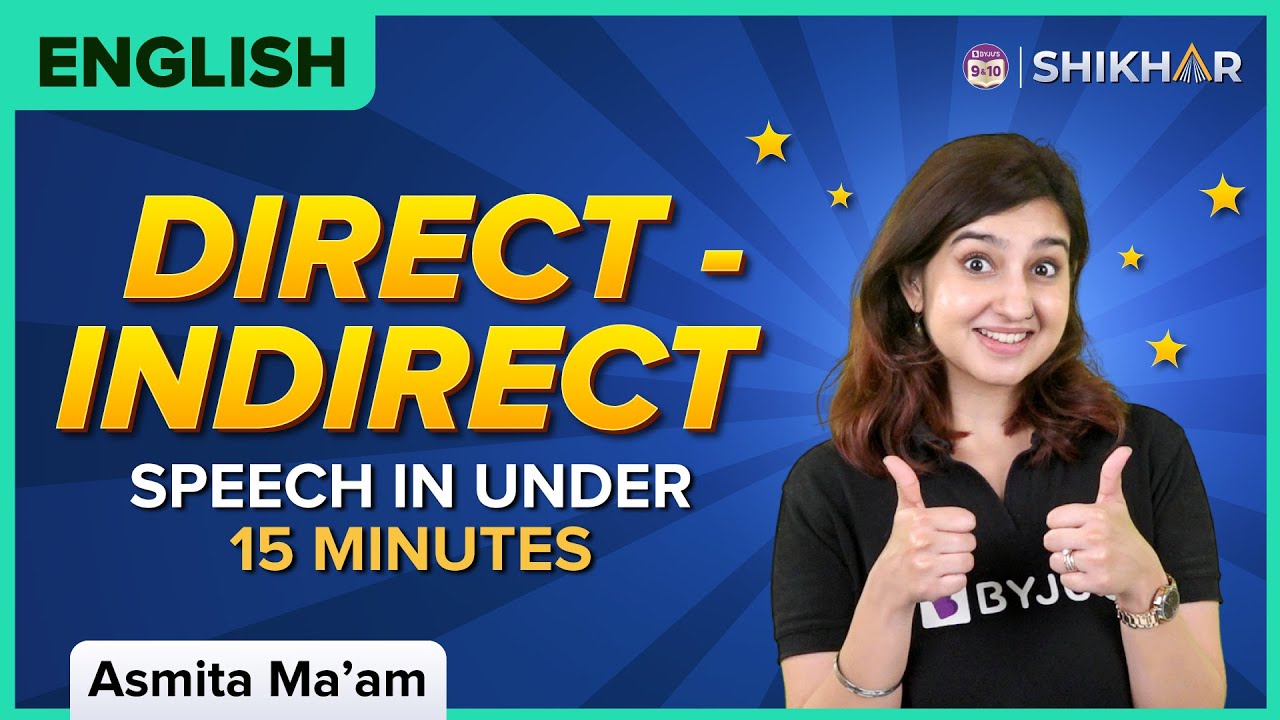آموزش نقشههای تسک 1 آیلتس با روشهای گامبهگام و کاربردی (قسمت اول)
Summary
TLDRThis video script is a comprehensive tutorial on map reading and analysis, focusing on the importance of tense and grammar in describing changes over time. It introduces key terms like 'past', 'present', and 'future' in relation to map features, and explains the use of perfect and simple tenses to indicate temporal changes. The script also covers 'rational language' for describing directions and locations on maps, and provides examples of verbs to describe construction, destruction, and transformation of map elements. It aims to enhance viewers' understanding of map interpretation through clear explanations and practical examples.
Takeaways
- 😀 The video is aimed at teaching viewers how to answer map-related questions, focusing on language and grammar aspects.
- 🗺️ The script discusses the importance of tense usage in map descriptions, emphasizing the differences between past, present, and future tenses and their appropriate contexts.
- 🏛️ The video explains the use of 'present perfect' tense for parts of a map that have changed over time and are still relevant.
- 📈 It highlights the use of 'used to' for past situations that no longer exist, and 'will' for future plans or changes expected in the map.
- 🔍 The script introduces 'rational language' as crucial for describing maps, which involves explaining events and changes in a structured way.
- 🏞️ The video teaches viewers how to describe general changes, specific features, and locations on a map using appropriate language and examples.
- 🔡 It emphasizes the importance of using comparative language when describing the relative positions of different features on a map.
- 📝 The script provides examples and templates for viewers to practice writing descriptions for maps, encouraging them to identify key changes and features.
- 👨🏫 The video serves as an educational resource, guiding viewers on how to improve their map description skills for tasks like map reading and writing.
- 💻 The presenter also mentions the availability of other educational videos and playlists on the channel for further learning on task-based language.
Q & A
What is the main focus of the video?
-The main focus of the video is to teach viewers how to answer map-related questions, including understanding map features and the importance of tense usage in map descriptions.
What are the key elements of a map discussed in the video?
-The video discusses key elements of a map such as time (past, present, future), tense usage (present perfect, simple past, future plans), and the importance of describing changes and locations accurately.
Why is tense usage important in map descriptions?
-Tense usage is important in map descriptions because it helps to convey whether the described features are in the past, present, or future, and whether they are expected to change.
What is the difference between 'present perfect' and 'simple past' tenses in the context of map descriptions?
-In map descriptions, 'present perfect' is used to describe features that have a connection to the present, while 'simple past' is used for features that are completely in the past with no present relevance.
What is 'rational language' in the context of map descriptions?
-Rational language refers to the use of specific terms and phrases that accurately describe the changes and locations on a map, such as 'north', 'south', 'east', 'west', and other directional terms.
Why is it important to describe the general changes, specific changes, and location in map descriptions?
-Describing the general changes, specific changes, and location is important because it helps the reader understand the overall transformation, the details of the changes, and the exact positions of the features on the map.
What are some examples of verbs used to describe changes in map features?
-Examples of verbs used to describe changes in map features include 'constructed', 'demolished', 'moved', 'transformed', and 'replaced'.
How does the video suggest using the terms 'north' and 'northeast' in map descriptions?
-The video suggests using 'north' to describe the general direction of a location on a map and 'northeast' to specify a more precise direction relative to another location.
What is the difference between 'north of' and 'northeast of' as described in the video?
-The video explains that 'north of' is used to describe a location's position in the general north direction, while 'northeast of' is used to describe a location that is both north and east of another point.
How should viewers practice their map description skills according to the video?
-Viewers should practice their map description skills by describing maps in pairs, using the terms and tense structures taught in the video, and by comparing their descriptions to improve their understanding.
Outlines

Cette section est réservée aux utilisateurs payants. Améliorez votre compte pour accéder à cette section.
Améliorer maintenantMindmap

Cette section est réservée aux utilisateurs payants. Améliorez votre compte pour accéder à cette section.
Améliorer maintenantKeywords

Cette section est réservée aux utilisateurs payants. Améliorez votre compte pour accéder à cette section.
Améliorer maintenantHighlights

Cette section est réservée aux utilisateurs payants. Améliorez votre compte pour accéder à cette section.
Améliorer maintenantTranscripts

Cette section est réservée aux utilisateurs payants. Améliorez votre compte pour accéder à cette section.
Améliorer maintenantVoir Plus de Vidéos Connexes

Rupa-Rupa Peta Rupa Bumi | Unsur, Komponen, Legenda

Direct - Indirect (Reported) Speech in Under 15 Minutes | Class 9 and 10 | English | BYJU'S

Penggunaan Past Continuous Tense Dalam Bahasa Inggris

Pengolahan Sinyal Digital: 09 Transformasi Fourier, STFT & Wavelet Transform

Present Continuous Tense | Bahasa Inggris Kelas 8 | Definition, Function, Pattern, Adverb of Time

Full Concept of Narration, Direct and Indirect Speech, English Grammar Rules by Kanchan Keshari
5.0 / 5 (0 votes)
